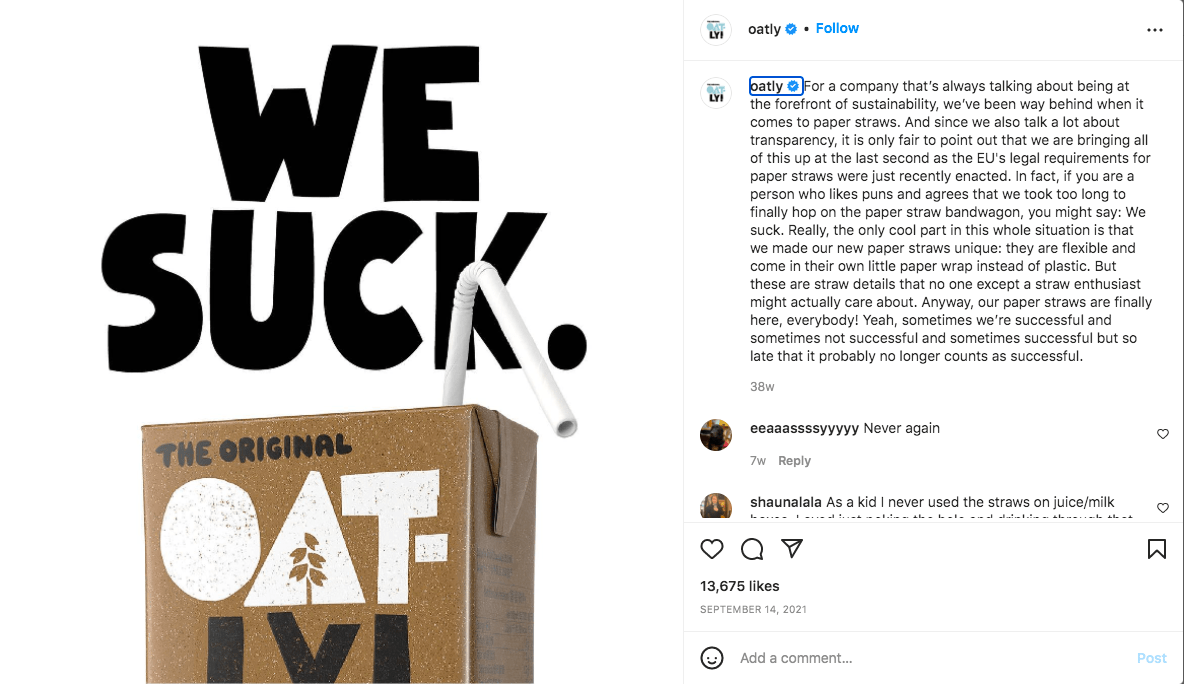Wanting to streamline your creative process and build better content? Great content marketing starts with clear goals and expectations. Enter—the design brief, the first and most important document you need to grow your website, brand and marketing expertise. You need this document before hiring a freelance graphic designer or partnering with a graphic design firm.
Scale insightful marketing content across the web.
We help you grow through expertise, strategy, and the best content on the web.
What is a Design Brief for Content Marketing Assets?
Developing a design brief for a new marketing campaign is standard procedure for marketing agencies, freelancers and entrepreneurs. It’s a touchpoint for your team and any key stakeholders detailing the scope of the project and desired outcomes. Content marketing assets are anything used to promote your product or brand, think blog articles, website content, email campaigns, video and images.
Design briefs are short documents that help plan and organize what you will need to succeed in developing your marketing assets. Building on core elements like the goal, scope and strategy of the project.
‘Done right, it’s like an insurance policy for the development of superb creative.’- Paul Talbot
Why do you need one?
The design brief is written under consultation between the project manager and client, it is a tailored document that ensures the designers and clients vision and expectations align.
Difference between a Design Brief and Content Brief
Design briefs or creative briefs are foundational documents that cover the logistical, operational and creative elements of a project. The design brief is an external document, and a reference point for designers and stakeholders. While content briefs are separate internal documents distributed to individual designers to complete.
How to Write a Design Brief

1. Overview of Clients Company
Begin by opening a dialogue with your client about their brand and what has influenced the upcoming project. Things like company size, culture, products and customer base are great starting points. Design company Canva suggests, ‘Having the client describe their business as if they just met you at a party—instead of the sales pitch they’d give at a conference.’
Conversation is the best way to understand the basics of your clients company and is the first step towards making better content marketing decisions. The getting-to-know-you stage might seem like a formality but it’s actually great context for the creative designers working on the project! It’s also a good time to see what makes them stand out as a company and how this can be integrated into the design brief.

2. Goals and Objectives
Once you have your background information it’s time to collaborate and jot down the overall goal and objective for your marketing content. What’s the difference between goals and objectives? A goal is a broad term used to describe the direction of an objective, while the objective is a measurable step that needs to be taken.
These can be written in a short paragraph or presented in sections. The best way to tackle this part is to ask your client what problem needs to be solved.
Take the example from fashion brand Nike, who wanted to rework the narrative surrounding their manufacturing conditions for employees. They clearly state their intention to produce and distribute material for their slogan ‘Nike Do’ showcasing better working conditions. This is an integral step for the project, as the section should be a reference point for each creative asset after this point and reflect what the client is trying to achieve.

3. Project Scope
Once you have established the project’s goals and objectives, it’s time to plan what you will need for delivery. The project scope describes the marketing assets that will be developed and distributed during the project to achieve the overall goal.
The project scope should be a go-to resource for your creative team or designer building the graphics, images, video or blog posts needed. Make sure to include a budget and the desired formats, file sizes, materials and platforms used. Plus if there is any content schedule or timeline for delivery. All of this should be outlined so anyone with access to the document can begin work and deliver on time.

4. Target Audience
So, who are you actually developing this content for? Demographics play a huge part in the design process to establish who the product or service will directly benefit. Targeted branding and design means clear and effective communication with your customers, and better outcomes. Start by compiling data on your existing customers and audience, to develop a buyer persona.
Your target audience section should include a several headings with metrics:
- Demographics that cover the age, income, occupation and ethnicity of buyers.
- Behaviors reveal previous buying habits and provide insight into future purchasing.
- Psychographics detail how customers relate and feel towards your brand.
Social listening, analytic tools and your own CRM make building a buyer profile easy and ensure your new design assets are tailored specifically for your audience.

5. Tone and Style
Whether you’re developing digital assets for marketing or helping a company rebrand their products—tone and style go hand-in-hand with your end-to-end marketing campaign. This section should include client ideas for fonts, images, logo designs, tones and colors. Establishing the likes and dislikes will make implementing and developing content a whole lot easier.
One hack for developing the branding aesthetic is presenting a mood board with potential themes, images and colors. Visual cues are a great way to set clear expectations of what the designs could look like. This is also an important step to differentiate brands from competitors, the design should distinguish the brand and make it easily recognisable.

6. Competition
Your client should provide a list of their major competitors, and include links to examples they like or dislike. Researching competitors and providing examples narrows down other parts of the brief like tone, style and audience. Competitor research is essential step and it will strongly contirbute to finding and hiring a graphic designer that meets your exact needs and requirements properly. This can be a chance for a company to distinguish themselves or simply provide more context on the existing landscape.
Take two alternative milk companies MilkLab and Oatly, both are popular choices for cafe owners offering milk alternatives. Except they have dramatically different approaches to their social media images and branding.
Oatly has a huge focus on healthy living and environmental impact, often using self-deprecating humor, modern graphics and earthy colors to emphasize their eco-friendly ethos. The approach caters to a younger demographic concerned with their footprint and making alternative lifestyle choices.

MilkLab features image design that is modern and minimalist with focus on the product, people and science behind their brand. More emphasis is placed on how well it blends with espresso coffee, taking a frontline approach to how their product is superior for making coffee and will benefit baristas.

Oatly positions itself as a proponent of social change and thought leadership, while MilkLab focuses on a grass roots appeal and love for espresso coffee. Despite being virtually the same product, they fill very different positions in the market. Marketing assets such as your social posts are a core part of developing your voice and customer base. Creating a detailed project brief ensures the client ends up exactly where they want to be.

7. Budget and Timeline
The budget will always vary and depend on the project scope and designers you are working with. Regardless, it’s important to be transparent in the design brief about the cost of a project or what you’re willing to invest. This conversation should happen early in the consultation phase to avoid disappointment and unrealistic expectations. Savvy marketers will always leave a little bit of wiggle room to account for any unforeseen costs that arise during the process.
Once you have agreed on a budget, the project timeline should be mapped out with key deliverables. Creative projects often need a flexible schedule, creating too-tight deadlines might hinder the overall process. With this in mind—the timeline should keep everyone on track with key dates for stakeholders. One way to measure a timeline or speed of the upcoming project is to share examples or previous campaigns or work. Remember that the design brief should be readily available to everyone involved in the project, from designers to key stakeholders. The brief should be updated over the course of the project and reflect the end product.

Whether you are building an online logo design brief for a social media campaign, website or entire branding campaign. The golden rule is to set up clear expectations, mapping the changes and the successes along the way.
Play to your companies or team’s strengths and be honest about what is realistic for delivery, ultimately the project should be rewarding and beneficial for both parties. Extending your portfolio and helping businesses or brands reach and convert more people. Think of it just like an insurance policy for designers, agencies and clients to drive successful business.



